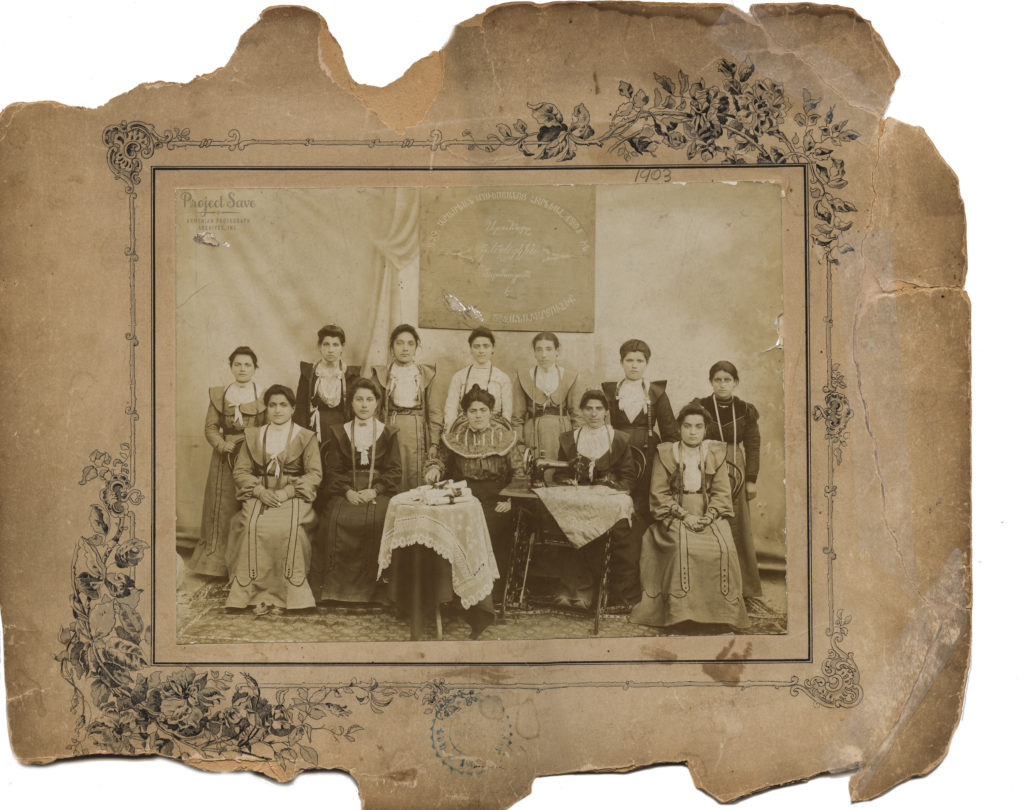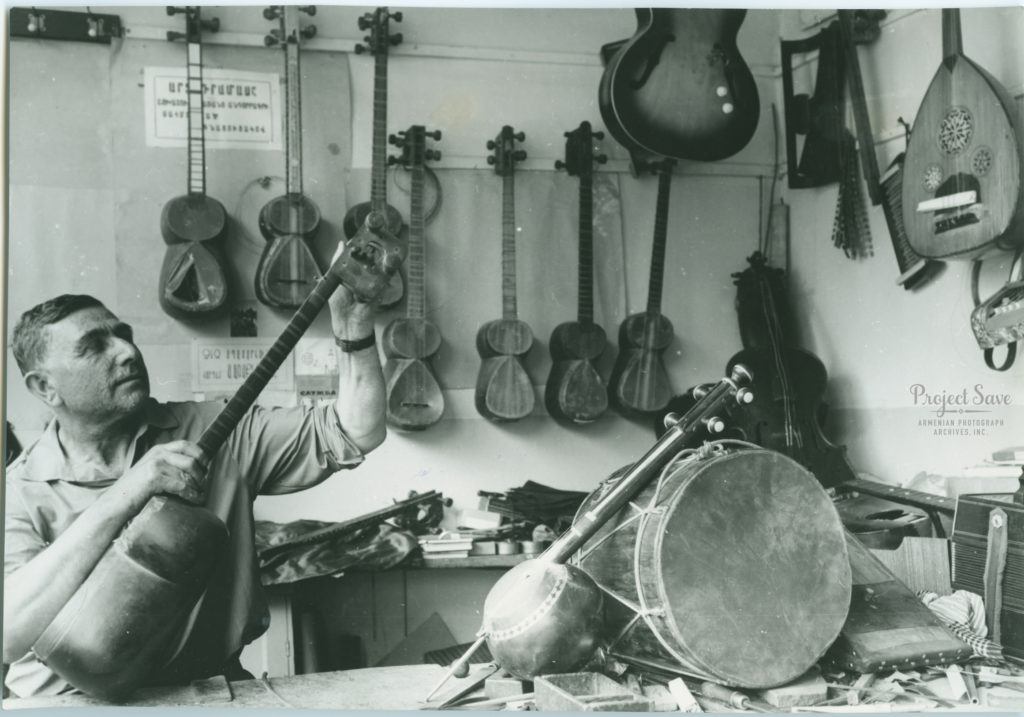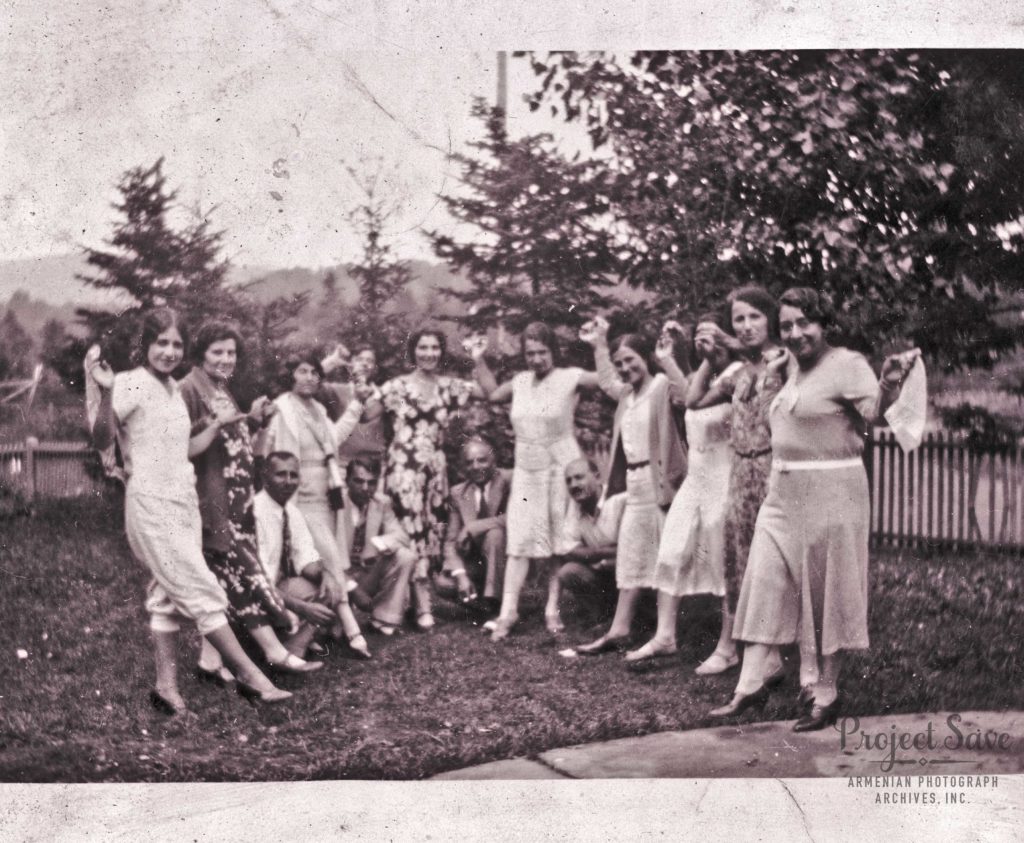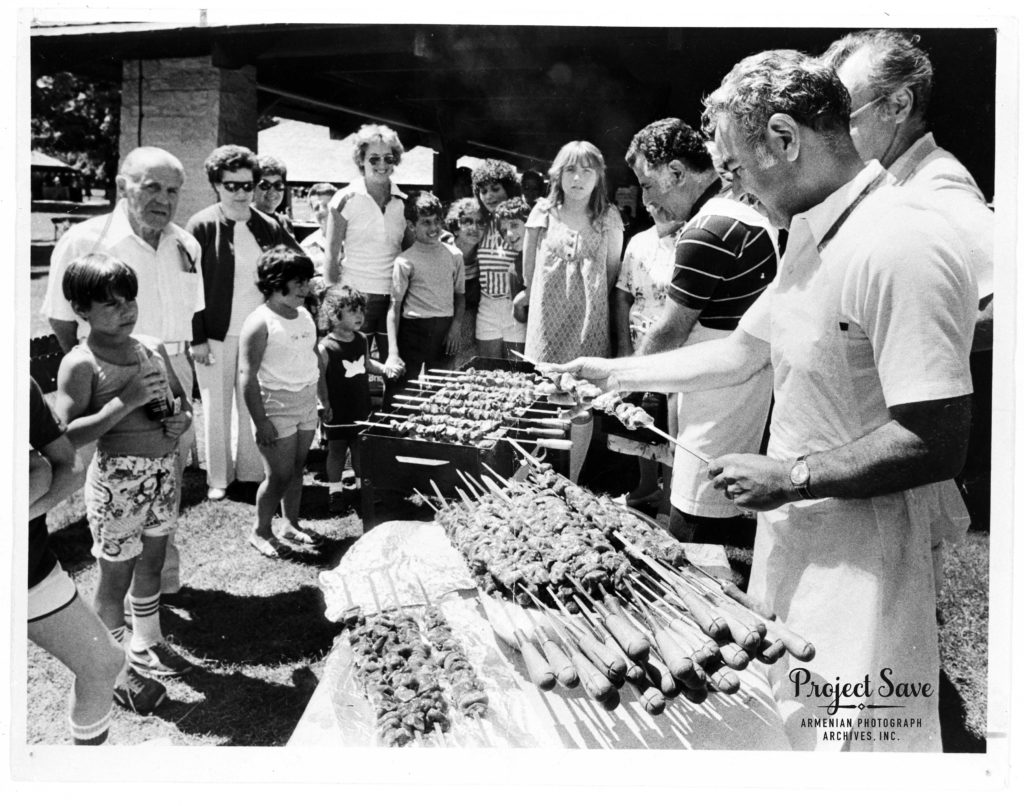
WASHINGTON (A.W.)—The Smithsonian Folklife Festival, “Armenia: Creating Home” on the Mall, June 27-July 1, and July 4-8, celebrates Armenian traditions. Artists from Armenia and the U.S. will participate together in performances and demonstrations of food, music, and craft. The festival offers “a glimpse into Armenian culture, greatly influenced by its surroundings, heritage, and ongoing exchange with its many diasporas
Smithsonian officials contacted Project SAVE Armenian Photograph Archives for photographs that show Armenian traditions alive and in use. Our two photo essays illustrate stories of people, communities, and culture. They will promote the festival and offer an introduction to those who are not familiar with Armenian heritage.

In 1988, the Smithsonian Folklife Festival, “Massachusetts’ Ingenuity and Tradition,” welcomed Project SAVE to display photographs in an exhibit on the Washington Mall. Several of the same Smithsonian officials who were familiar with our collaboration three decades ago were in touch for this year’s feature of Armenia.
Asked for images that encompass music, food, dance and language, we selected photographs showing picnics for the first photo essay. Picnics are an enduring feature of Armenian life, gatherings where the shared traditions keep our culture vibrant. Young and old come together to participate in familiar customs. Our photos of picnics in America start in 1900 and continue through the decades.
Some picnic gatherings are organized formally by churches, political, and social organizations, while others are simple gatherings of friends and family. The sound of the oud or zurna, the alluring aroma of barbecuing meat, and the sight of traditional dances all contribute to the familiar ritual.

The festival will also be highlighting Armenian craft. Our second photo essay features artisans, including photos of formal training of Armenian men and women in the Ottoman Empire before 1915.
In the aftermath of the Armenian Genocide, photos of orphanages from our collection show children learning carpentry, shoemaking, weaving, and tailoring. These trades created opportunity and a livelihood for the boys and girls beyond the orphanage.
The selected contemporary photos show Armenian artisans from around the world mastering traditions, as they keep the artistry and the craft vibrant.
Project SAVE’s participation in the Folklife Festival is funded with the support of the Nersessian family, in memory of Berjouhie Betty Nersessian.

It is with great pride we share these photos to help promote Armenian culture through the Smithsonian’s Folklife Festival, which allows our photographs and their stories to reach new audiences beyond the Armenian community.
Project SAVE is dedicated to saving the photographic heritage of the worldwide Armenian community. Learn more by visiting www.Projectsave.org


If you want photographs to be seen by and used by almost nobody, donate them as is to Project Save or to one of the similar restricted access private archives that exist in America. These bodies artificially restrict access to their holdings as a fundraising and existence-maintaining strategy. Of the 45,000 photographs Project Save says it holds, and after 40 years of collecting them, less than 100 are on show on its website, all at too low a resolution to be usable by researchers. There is not even a public online database to indicate what images Project Save has in its collection. Donating image collections to educational institutes is not much better – they will languish neglected and forgotten since such bodies will only do work on an archive if they are also donated money to do it. If you want your archival or historical photographs to be freely seen be all, and to be usable by researchers across the World, scan them and release them as public domain images on Wikipedia Commons. Only after that donate the physical photographs to Project Save (or perhaps to one of the museum archives in Yerevan where they can form part of a national collection in a central location that is open to international researchers).
Incredibly impressive, well done Tsoleen Sarian.
Can you simply describes the steps of donating our family old photographs.
Great article. Thank you Tsoleen. I know with your leadership and the new direction of Project save, collaborating with other wonderful projects like Houshamadyan (houshamadyan.org) and others, there are great things happening lately. I look forward to your vision for Project Save of reaching wider audiences and providing better means of accessibility.